
Ingredient
Parsley flavour
The Versatile Herb: Parsley's Flavorful Impact on Culinary Delights
With its bright green leaves and mild, slightly peppery taste, parsley brings a fresh and herbaceous flavor to dishes. It has a crisp texture and a subtle hint of bitterness, making it a versatile ingredient in both cooked and raw preparations.
Origins and history
Parsley has a rich history dating back to ancient times, where it was revered for its medicinal properties and used as a culinary herb in Mediterranean cuisine. It has since become a staple in various global cuisines, including Middle Eastern, European, and American dishes.
Nutritional information
Parsley is a nutritional powerhouse, packed with vitamins A, C, and K, as well as folate and iron. It is low in calories and rich in antioxidants, making it a valuable addition to a healthy diet.
Allergens
There are no known allergens associated with parsley.
How to select
When selecting parsley, look for vibrant green leaves that are firm and crisp. Avoid wilted or yellowing leaves, as they indicate age or poor quality. Opt for fresh bunches with no signs of wilting or discoloration.
Storage recommendations
To maintain parsley's freshness, store it in the refrigerator. Place the bunch in a jar or glass of water, covering the leaves with a plastic bag to retain moisture. Alternatively, wrap the parsley in a damp paper towel and store it in a sealed plastic bag.
How to produce
Parsley can be easily grown in home gardens or containers. It thrives in well-drained soil and requires regular watering. Sow the seeds directly in the soil or transplant seedlings, ensuring they receive ample sunlight.
Preparation tips
To prepare parsley, wash the leaves thoroughly and pat them dry. Remove the stems and finely chop the leaves for garnishing or use them as a flavor enhancer in various dishes. Add parsley towards the end of cooking to preserve its vibrant color and fresh flavor.
Substitutions
Cilantro can be used as a substitute for parsley, although it has a slightly different flavor profile with citrusy and pungent notes. Chervil, with its delicate anise-like flavor, can also be used as a substitute in certain dishes.
Culinary uses
Parsley is widely used in culinary applications, including as a garnish, flavor enhancer, and ingredient in sauces, marinades, soups, salads, and dressings. It adds a refreshing touch to Mediterranean dishes, such as tabbouleh and tzatziki, and is a key component in classic French dishes like bouquet garni and fines herbes.
Availability
Parsley is commonly available in grocery stores, supermarkets, and farmers markets worldwide.
More ingredients from this category » Browse all

Cream flavour
The Essence of Cream
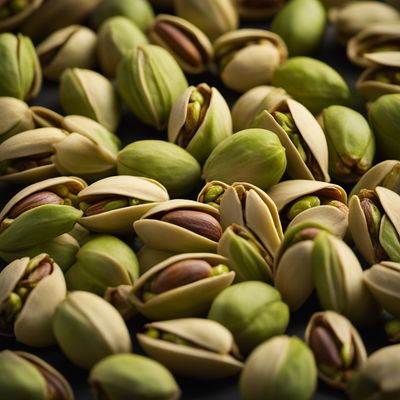
Pistachio flavour
"The Nutty Elixir: Unveiling the Delightful Pistachio Flavor"

Apple green flavour
The Vibrant Essence of Green Apples
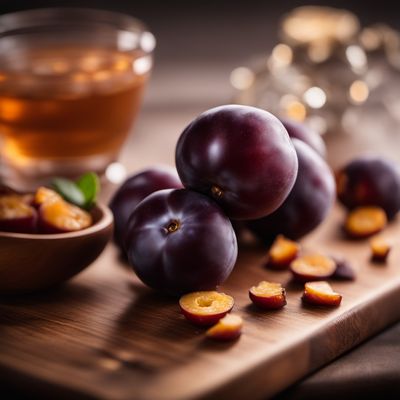
Plum flavour
The Sweet Symphony of Plum Essence
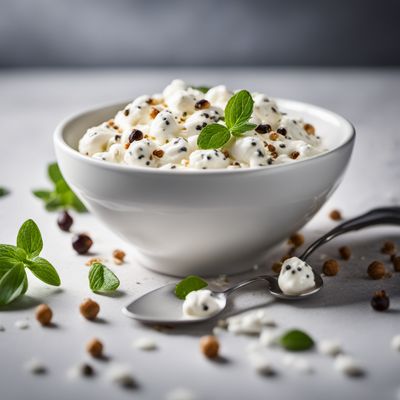
Stracciatella flavour
Velvety Chocolate Delight
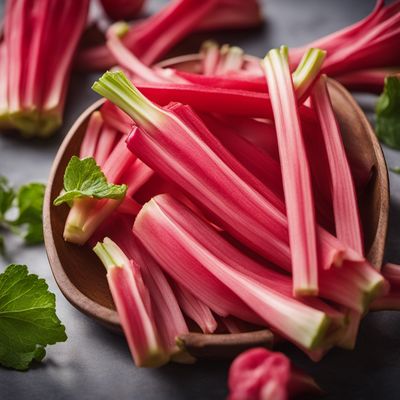
Rhubarb flavour
The Tangy Delight: Rhubarb Flavour

Beef soup flavour
Hearty Broth Enhancer
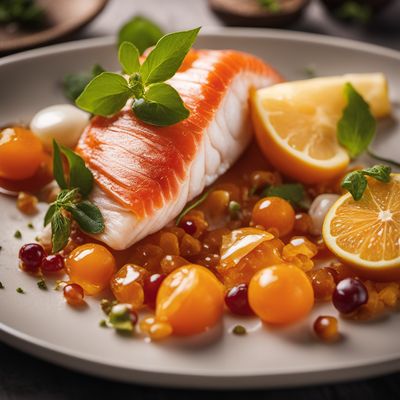
Fish flavour
"The Ocean's Symphony: Exploring the Delicate and Savory Fish Flavour"

Tamarind flavour
The Tangy Delight: Tamarind Flavour

Mushroom flavour
The Umami Elixir

Carob flavouring
Carob Flavouring: A Natural Alternative
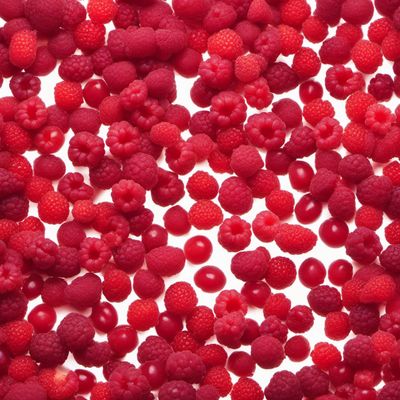
Wild berry flavour
Bursting with Nature's Delight: Exploring the Wild Berry Flavor